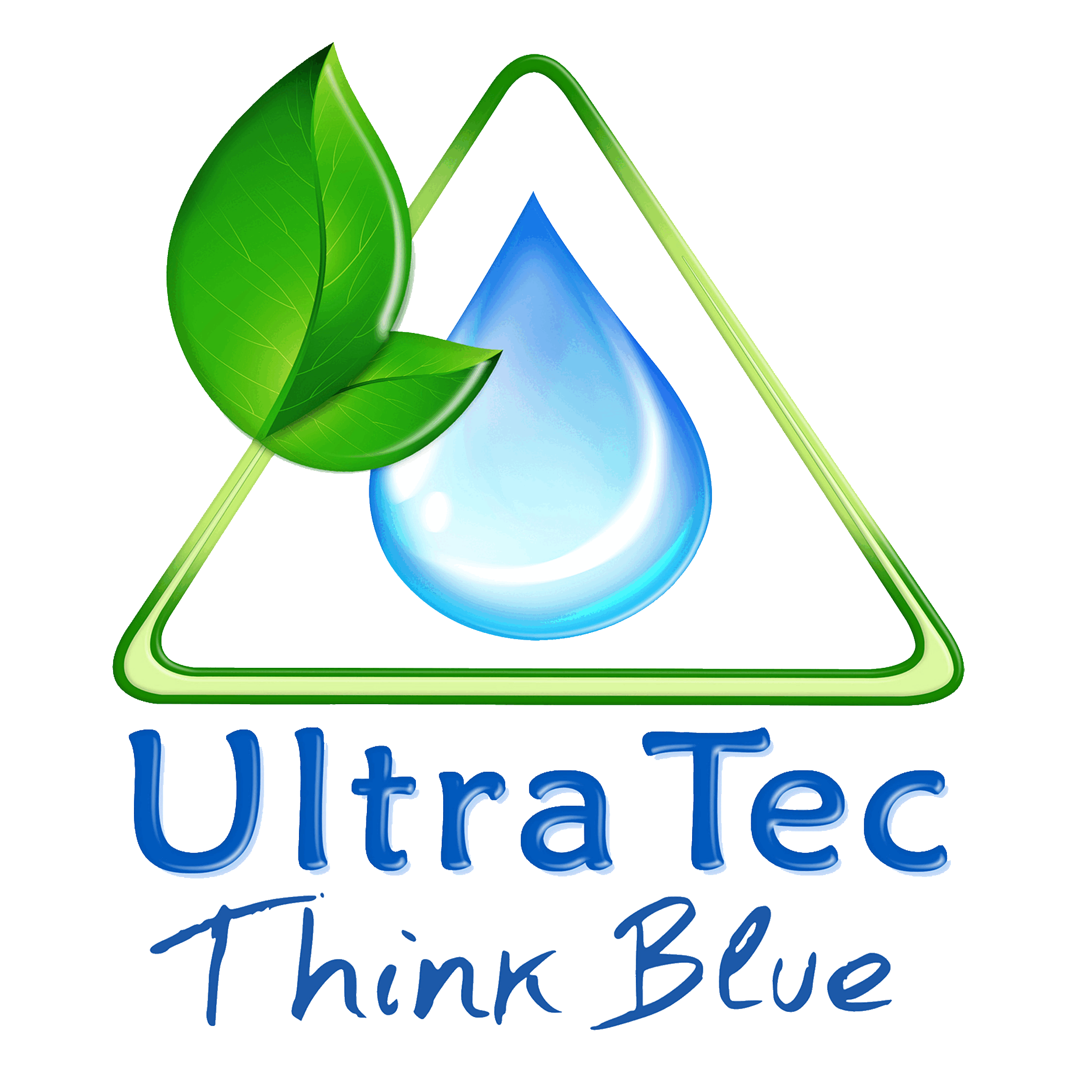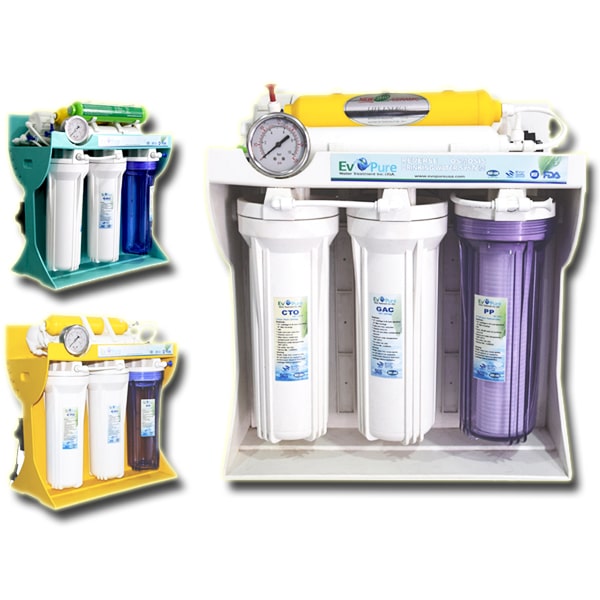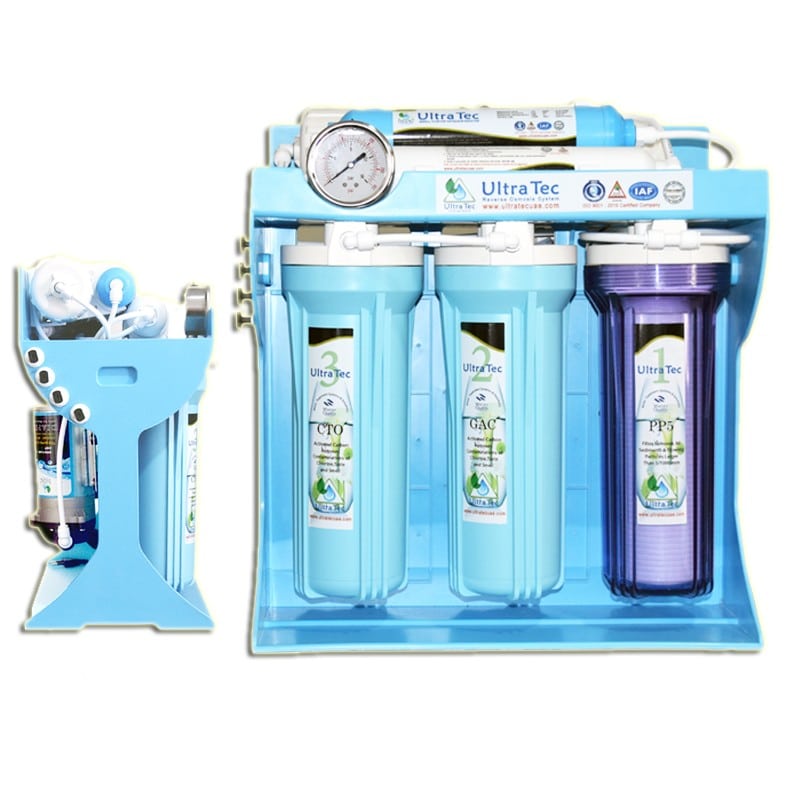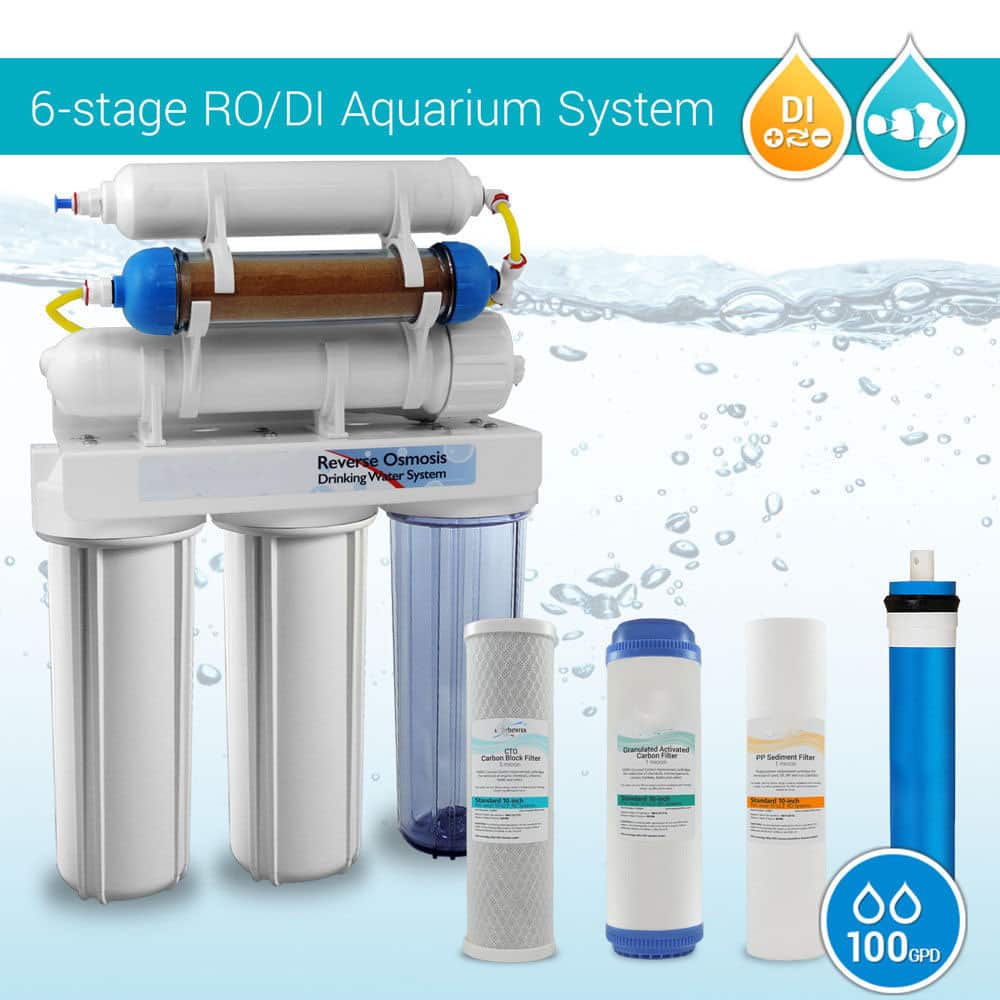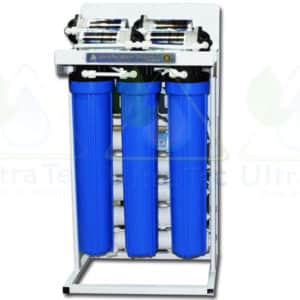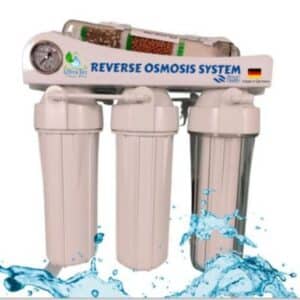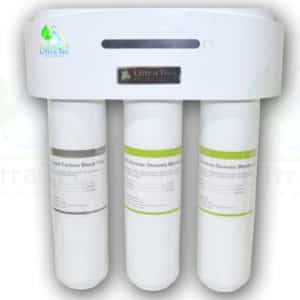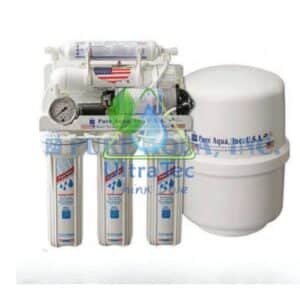We will lead the way by discussing some of the finest products you can locate. Our experts have chosen to share a few words of wisdom pointing out the strengths and the drawbacks of 10 excellent RO filtration systems you can buy. Check the list out, and remember that we have assembled it in no particular order.
Reverse Osmosis Membrane
The best options for Domestic water RO membranes under sink ro system, 50 GPD, 75 GPD, and up to 400 GPD ro membranes, are available in different USA & Taiwan Brands.
HOW WILL A REVERSE OSMOSIS SYSTEM HELP US?
Municipal water supplies typically provide you with water containing many contaminants. The most comfortable way to see the difference between processed and raw water is to use a TDS meter. They are the primary tool to convince us that a reverse osmosis system is critical for almost any household.
BENEFITS OF USING A REVERSE OSMOSIS SYSTEM
What we shared above should be enough to convince you that you can’t just put up with tap water. However, we will list a few more advantages of operating a reverse osmosis system. So here’s what we got in no particular order.
- Who Needs Bottled Water Anymore?
People looking to have tasty water buy bottled water from the store. While this sounds like a very healthy idea, it isn’t. Those bottles are plastic, which can lead to several health hazards for regular users. If you want to consume water from a bottle, you should go for glass and never plastic.
- Solves the “too much sodium” problem with softened water
It is only average for families to want softened water at home. The achieved by getting a reliable and trustworthy water softener, but other issues will remain. For instance, chilled water always contains high sodium levels thanks to the resin in the tank. They render the water suitable for washing and cleaning but not very tasty for drinking and cooking.
- Takes cooking to a new level
It doesn’t come down to just taste. Municipal water typically contains high amounts of chlorine. When you bake bread or boil soup, this might even lead to some unwanted color changes in your food.
Additionally, there might be some odor you want to get rid of. Regardless of your reverse osmosis system cost, it will take care of this aspect. Even the most straightforward RO systems will allow you to have odorless and colorless water for cooking. Many people prefer using a water distiller to get water for cooking. They are an option, but you lose the opportunity to add valuable substances to your water or alkalinize it.
HOW DO RO SYSTEMS WORK
Simply looking at under-sink reverse osmosis water filter reviews is insufficient to understand and appreciate the device’s functionality. There is why in this section, we will focus on the process called reverse osmosis as well as the components of the system and how they perform together.
THE PROCESS OF THOROUGH PURIFICATION
In short, reverse osmosis forces water through a specialized plastic membrane sheet. This way, several compounds, such as organic substances, salts, viruses, and microorganisms, are removed from the water. We can also include pharmaceuticals in the list.
The cartridges are typically cylinder-shaped. There is because the membrane sheets are wound into such a shape. But each of these long pressure vessels houses some elements inside itself.
So water flows through the “cylinder” where all those sheets are rolled up and then exits it. The membrane layer is skinny. It allows water to pass through, a process known as permeation, while other compounds are blocked.
Thus molecules are removed based on their size, shape, and charge. That means that 99% of the time, molecules more significant than those of water cannot pass through. These, of course, include a wide array of chemical contaminants and microorganisms.
Two streams of water are therefore produced. Pure, clean water, or “permeate,” gets across the membrane sheets and enters the inside core tube. That is the water that you are to use. Water that doesn’t permeate is concentrated with contaminants and salts and is usually called “concentrate water” Needless to say, this water leaves the system through the drain, not the clean inlet pipe leading to your faucet.
THE STAGES OF A USUAL REVERSE OSMOSIS SYSTEM
To cover as many factors as possible, we will describe what happens when a relatively comprehensive domestic RO system is used. Remember that some components and parts of the stages are optional and will not be available with all the systems you can buy. Refer to our individual best reverse osmosis system consumer reports for more detail. Some of the core stages, however, include:
- Filtration stage
- Reverse osmosis stage
- Alkalization stage
When the water enters the system, a sediment filter (typically 5 microns) retains suspended particles such as algae, dust, sand, and many others.
In the next phase, there is an activated pre-carbon filter. It traps minerals and contaminants, including chlorine, PCBs, pesticides, and organic compounds. Now comes the carbon filter in the 3rd stage, which further neutralizes chloramine to make it easier for the RO membrane in the next phase. You do not necessarily require all 3 filter cartridges; most cheap reverse osmosis systems will not have them.
At the beginning of the 4th stage, we have clean water but not pure. There is where the actual reverse osmosis happens. Its membrane will remove about 99% of all undesirable items. They include:
- Nitrates
- Impurities
- Bacteria
We move on to the 5th stage, where odor, germs, bad taste, and dyestuff are all removed from the water. That is a polishing filter with activated carbon. For it to be used, the manufacturer has to ensure that this cartridge clears all NSF regulations.
The 6th stage shines there. The water passes through a canister of a natural organic material which will mineralize and revitalize it. Magnesium, calcium, and potassium come to mind. Such stones are a rarity, and they come at a price. When combined with osmosis water, the water molecules increase the oxygen in your water. NOTE: A water softener removes magnesium from water and adds sodium. You like to have the softener connected before the RO system.
The 7th and last phase is the one with the alkaline filter. It will reduce the acidity of the water and will increase the pH levels. You will have the purest water possible if you can cover all those stages with your home RO system.
Alkaline RO 6 Stages 75 GPD System
Alkaline RO 6 Stages 75 GPD SystemIntroducing our advanced Alkaline RO System with 6 Stages and a 75 GPD (Gallons Per Day) capacity, a powerhouse in water filtration. This state-of-the-art system combines multiple stages of filtration and alkalization to deliver you the purest, healthiest, and best-tasting water possible for your home or business.
Non-electric 1000 GPD Reverse Osmosis System
Non-electric 1000 GPD Reverse Osmosis System4 Stage Electric Free Direct Flow RO Water cleaner is specially designed to work without Electricity and on regular tap water pressure (0.3Mpa). The compact and small size makes this System Special.
R0 5 Stages Usa Water Purifier
R0 5 Stages Usa Water PurifierThe EVO PURE Reverse osmosis Systems with Booster Pumps are traditional in design with Good Quality filter housings and a pressure tank.
Ultraviolet 7 stages 75 GPD RO System
Ultraviolet 7 stages 75 GPD RO SystemSystem provides your family with premium water for drinking and cooking at a fraction of the cost of bottled water. That means no more deliveries, heavy containers, storage problems, spills, or bottle deposits.
SOME IMPORTANT QUESTIONS ABOUT REVERSE OSMOSIS DEVICES
Before diving into the topic of selecting your RO system, we will conduct a short Q&A session addressing some key questions. They will help you also figure out some main reverse osmosis pros and cons and will aid you with coming up with a good setting.
- Does my Faucet Matter?
It matters, and you will also need a separate one. RO systems give you excellent drinking and cooking water, which is unsuitable for washing. Activities that require more significant amounts of water are typically carried out using another faucet.
Hot water also doesn’t go through reverse osmosis systems. This fact also disqualifies washing dishes from the equation. Additionally, your RO faucet’s water pressure and GPM will not be enormous. Because of the small amount of purified water and the low flow speed, you must always use a separate tap.
The type of RO faucet is also essential. Knowing the difference between “Air Gap” and “Non-Air Gap” faucets will be applicable. An air gap is helpful as it will prevent drain water from entering the RO system again. Conversely, you will find the non-air gap faucets easier to install.
- Will my water be softer?
No, it will not be. If you have hardness levels of 7 grains per gallon or more, your water can be rendered hard. Reverse osmosis systems will not remove any magnesium from your water which is the primary source of hardness.
You can hook up a water softener, but remember that this is a separate system and will come at a price. The RO device must always be connected after the softener to reduce sodium levels, which will significantly rise during the softening process.
- Can I pair my RO system with other filters?
You can do that. Most reverse osmosis systems come with a few cartridges. You can opt to get a full-blown house water filter, but an RO system will have the same effect.
Most such devices come with cartridges with activated carbon. They will “prepare” your water before it gets to the membrane of the RO system. More advanced water filtration is always a great idea. Go for it.
- So how many stages of filtration are enough?
Typically, 4-5 steps are just right. Our section depicts the stages of a usual osmosis system above. There is especially important when you have well water. In this case, go for as many pre-filtration steps as you can.
- What amount of cleansed water will I get every day?
The GPD (Gallons per day) values vary from model to model. While the manufacturer will likely list a certain amount, you can expect to get about 75% of that rating. An example of a usual GPD rating is 50. Barely any household will use 50 gallons of water daily.
Such a system is more than enough for a family of 4. As far as water pressure goes – 60 PSI is the actual number here. As mentioned above, water flow speed is not among the main strengths of reverse osmosis systems.
- Is any water wasted?
When your RO system performs its functions, i.e., when it processes water, some water is wasted. You will lose as much water as you cleanse. The good thing is that once the tank is full, no more additional water goes down the drain.
Water is required for the membrane to clean itself. However, the system automatically shuts down when it is not needed anymore.
REVERSE OSMOSIS SYSTEM INSTALLATION
It is clear what this section is about. Without any additional ado, we will move right to the process itself. While it is not rocket science, correctly installing a reverse osmosis system can be challenging if you have little or no experience. Consult a professional if needed.
- This pre-filter phase is very similar to installing any water filtration system. Each filter element has a designated location. There are typically 3 cartridges. Use the wrench to tighten them up.
- Next comes the membrane. There is an actual reverse osmosis component, perhaps the most important one. The membrane tank usually rests on top of the casing with the filters. As you remove the black caps from both ends of the membrane, install them inside the housing. It will snap right in.
- Quick Connect fittings are what you will likely have with your RO system. Remove the clip, squeeze the tube, connect, and install the locking clip again.
- Turn off your cold water supply and ensure your faucet is completely drained of any remaining water.
- It is best if you use a Stop Valve. Remove the cold water flex line and put the valve there. Then put the flex line back. Soft connections are recommended here. Then connect the red tubing to the adapter.
- Installing your faucet will require you to drill a hole at a desired location on the sink. Once you have installed all the fittings and rubber seals, install the tap into the hole.
- Place the nut and the collar onto the blue tubing as you go under the sink. Connect it to the bottom end of the faucet and tighten it.
- The tank shut-off valve is also connected easily using the yellow tubing and the quick-connect fittings. Again, use the blue clips.
- The drain saddle can be installed anywhere on the drain pipe. Drill a 1/4–inch hole in the drain pipe and install the sticky foam pad on the hole. Install the back plate and the bracket. As you put the black nut on the black tubing, connect the tube to the drain pipe and tighten the nut.
- Follow the colors of the tubes and connect them to the respective holes on your RO system.
- Start the cold water supply again and check for leaks. Let the tank fill, and after 2 hours have passed, drain it completely. There is called flushing, and it must be done before using the device for the first time.
